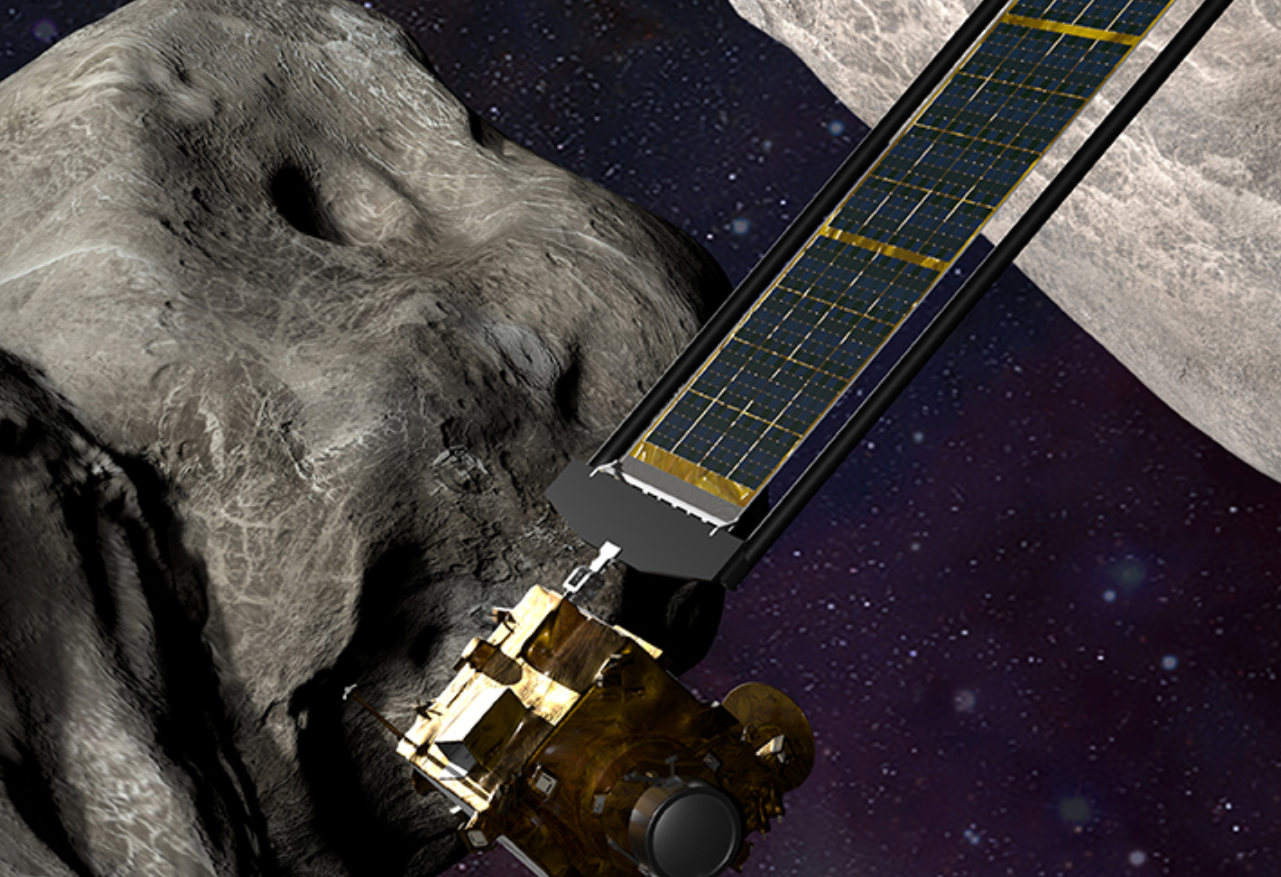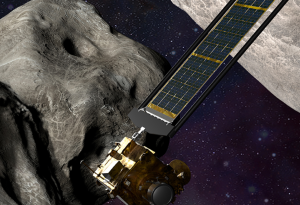NASA’s DART Spacecraft Impacts Dimorphos
27th Sep 2022
On 26 September 2022, NASA’s DART spacecraft intentionally crashed head-on with the Dimorphos asteroid. The purpose of the one-way mission was to see if the impact could alter the trajectory of the space rock and be used in the future to protect our planet from devastating asteroid collisions.
The event took place 6.7 million miles from Earth, with the spacecraft taking 10 months to reach its intended target. Even though it was travelling at 14,000 mph towards the 170-metre-wide Dimorphos, the redirection test craft was never going to be a match for the asteroid. But the team at NASA and Johns Hopkins Applied Physics Laboratory hoped that the impact would be enough to nudge the target into a slightly altered orbit.
Potential asteroid collisions with Earth
The goal is to change the time it takes for the asteroid to orbit its twin, Didymos, by a mere 10 minutes. And such a result could pave the way for avoiding catastrophic extinction events here on Earth.
There are over 27,000 asteroids currently known to be passing close to our planet but none are in immediate danger of coming into contact at present. But that’s not to say that things won’t be different in the not-too-distant future.
The Bennu asteroid has a small chance of colliding with Earth in 150 years. But unlike the test subject, Diamorphos, Bennu is a third of a mile wide and would require several impacts to generate the desired effect.
Diamorphos’ post DART orbit
It isn’t known if the mission has created the desired orbital adjustment so it may be too soon to celebrate just yet. Changes will be monitored by telescopes and satellites to see if it amounts to the desired alteration of at least 73 seconds for the event to be classed as a success.
Tom Satler, DART program scientist with NASA’s Planetary Defense Coordination Office explains ‘It’s like if you damage your wristwatch and it started running a little bit fast. You might not notice it in the first day or two but after a few weeks, you will begin to notice that it’s just not keeping the correct time anymore’.







Thank you for your comment! It will be visible on the site after moderation.